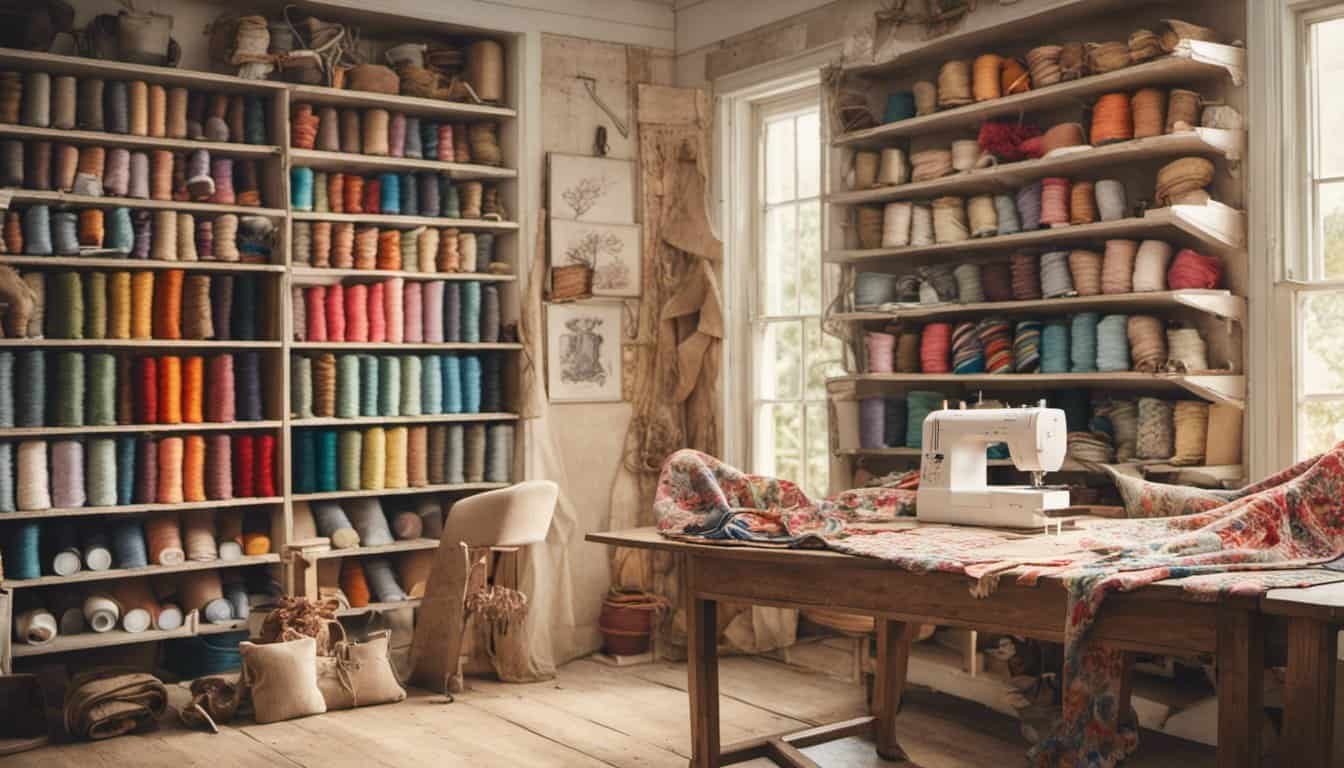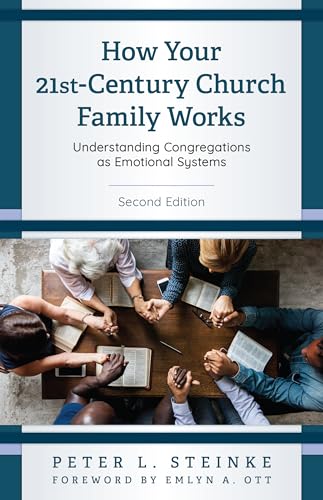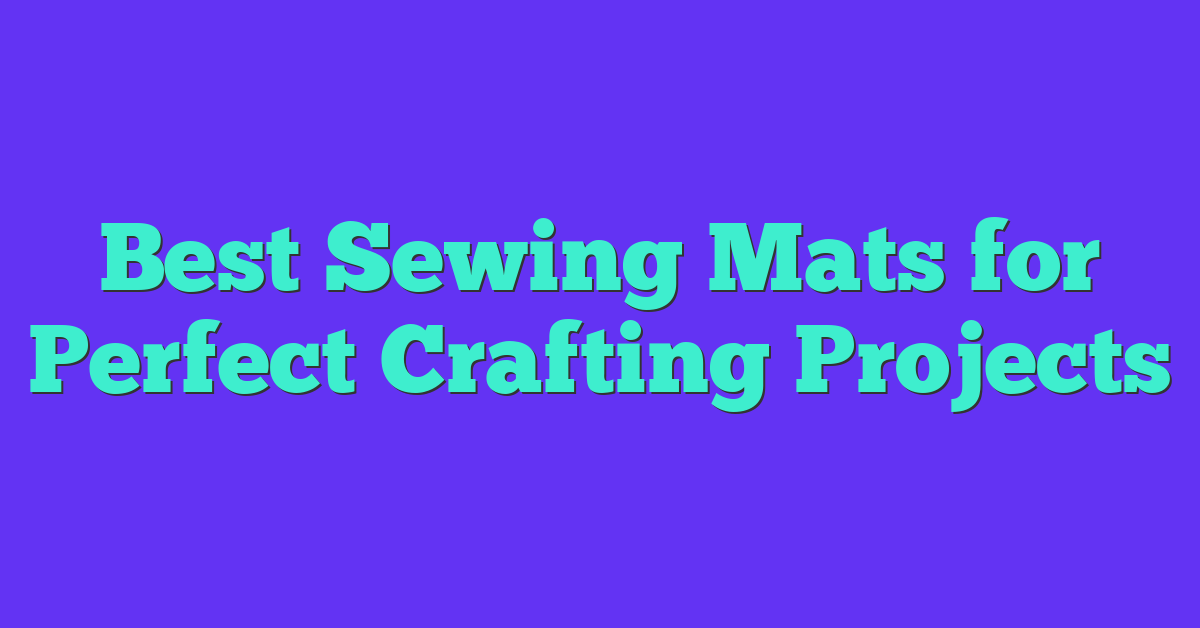Have you ever thought about making the switch to bamboo fabric? It’s not only incredibly soft and versatile but also a greener choice for your wardrobe and home. Embracing bamboo sustainably means you’re taking a step towards a more eco-friendly lifestyle.
In this article, you’ll explore practical ways to work with bamboo fabric responsibly. From choosing the right sources to caring for your bamboo items, you’ll find tips that help reduce your environmental impact. Let’s dive into how you can enjoy the benefits of bamboo while supporting sustainability.
Understanding Bamboo Fabric
Bamboo fabric originates from the pulp of bamboo plants, a rapidly renewable resource. It requires minimal pesticides and fertilizers, reducing environmental impact compared to conventional cotton. The growth cycle of bamboo spans three to five years, significantly shorter than tree-based materials.
Types of Bamboo Fabric
Bamboo Viscose
Produced through a chemical process that converts bamboo cellulose into a soft, breathable fabric. It resembles cotton in texture and is widely used in clothing and textiles.
Bamboo Linen
Created by mechanically processing bamboo fibers, resulting in a stronger, more durable fabric. Ideal for home textiles like curtains and upholstery.
Environmental Benefits
Bamboo farming enhances soil quality, prevents erosion, and absorbs carbon dioxide. Its high yield per acre ensures efficient land use. Additionally, bamboo fabrics biodegrade naturally, minimizing waste.
Care and Maintenance
To extend the lifespan of bamboo garments, follow these care tips:
- Washing: Use cold water on a gentle cycle.
- Drying: Air dry or use a low-heat setting.
- Ironing: Iron on a low temperature if necessary.
- Storage: Keep away from direct sunlight to prevent fading.
Sourcing Sustainable Bamboo
Choose suppliers committed to eco-friendly practices. Look for certifications like the Global Organic Textile Standard (GOTS) to ensure responsible production. Transparent supply chains guarantee the authenticity and sustainability of bamboo fabric products.
Applications in Crafts
Bamboo fabric’s versatility makes it suitable for various crafts:
- Sewing: Ideal for creating clothing, accessories, and home décor items.
- Embroidery: Its smooth surface accommodates intricate designs.
- Knitting: Provides a soft, stretchy material for garments and accessories.
Understanding the properties and benefits of bamboo fabric empowers you to make sustainable choices in your crafting projects.
Sourcing Sustainable Bamboo
Ensuring your bamboo fabric comes from sustainable sources supports eco-friendly practices and maintains the quality of your projects.
Choosing Certified Suppliers
Select suppliers with reputable certifications to guarantee sustainable practices. Look for labels like the Global Organic Textile Standard (GOTS), which ensures organic processing and minimal environmental impact. Certifications such as the Forest Stewardship Council (FSC) verify responsible harvesting and management of bamboo resources. Verified suppliers adhere to strict guidelines, providing you with high-quality, eco-friendly bamboo fabric for your sewing, embroidery, and knitting projects.
Ethical Harvesting Practices
Support suppliers that implement ethical harvesting methods to preserve bamboo ecosystems. Sustainable harvesting involves cutting mature bamboo stalks without damaging the roots, allowing the plant to regenerate naturally. This practice maintains soil health, prevents erosion, and ensures bamboo remains a renewable resource. Ethical harvesting also includes minimizing chemical use during processing, reducing pollution, and protecting local wildlife habitats. By choosing suppliers committed to these practices, you contribute to the longevity of bamboo cultivation and the environment.
Eco-Friendly Processing Methods
Choosing sustainable processing methods ensures that bamboo fabric remains environmentally friendly throughout its lifecycle. Implementing these techniques minimizes the ecological footprint of your crafting projects.

Mechanical vs. Chemical Processes
Mechanical and chemical processes transform bamboo into fabric, each with distinct environmental impacts.
Mechanical Processing:
- Natural Transformation: Uses physical methods to break down bamboo into fiber.
- Eco-Friendly: Eliminates the need for harsh chemicals.
- Energy Consumption: Generally higher energy use compared to chemical methods.
- Fiber Quality: Produces stronger, more durable fibers suitable for textiles.
Chemical Processing:
- Chemical Use: Involves solvents like sodium hydroxide and carbon disulfide to dissolve bamboo.
- Water Usage: Requires significant water resources for processing and disposal.
- Environmental Impact: Potential pollution from chemical waste if not managed properly.
- Fiber Softness: Results in softer, more versatile fibers ideal for various fabric applications.
| Aspect | Mechanical Processing | Chemical Processing |
|---|---|---|
| Method | Physical breakdown | Chemical dissolution |
| Environmental Impact | Lower chemical use | Higher chemical and water use |
| Energy Consumption | Generally higher | Typically lower |
| Fiber Quality | Stronger, durable | Softer, more versatile |
Reducing Water and Energy Usage
Minimizing water and energy consumption during bamboo processing enhances sustainability.
- Efficient Machinery: Invest in energy-efficient equipment to lower power usage.
- Water Recycling: Implement systems to recycle and reuse water in processing stages.
- Closed-Loop Systems: Use closed-loop processes to prevent water contamination and reduce waste.
- Renewable Energy: Power facilities with renewable sources like solar or wind energy.
- Process Optimization: Streamline processing steps to reduce unnecessary energy and water use.
- Regular Maintenance: Maintain equipment to ensure it operates at peak efficiency, minimizing energy waste.
By adopting these practices, you contribute to a more sustainable approach in working with bamboo fabric, aligning your crafting endeavors with eco-friendly principles.
Sustainable Fabric Production
Producing bamboo fabric sustainably involves implementing eco-friendly practices throughout the manufacturing process. By focusing on waste reduction and safe dyeing methods, you can ensure your bamboo projects remain environmentally responsible.
Minimizing Waste
Implementing waste minimization strategies is crucial for sustainable bamboo fabric production. You can achieve this by:
- Optimizing Fabric Cutting: Utilize pattern-making software to maximize fabric use, reducing offcuts by up to 30%.
- Recycling Scraps: Collect and recycle fabric scraps for smaller projects or donate them to textile recycling programs.
- Efficient Inventory Management: Monitor inventory levels to prevent overproduction and minimize excess stock.
- Adopting Zero-Waste Design: Incorporate design techniques that eliminate fabric waste, such as modular patterns and multi-use components.
Safe Dyeing Techniques
« Unlock Stunning Home Makeovers: What Is Upholstery Fabric and How to Use It
10 Best Storage Solutions for Sewing Tools Every Seamstress Must Have »
Using safe dyeing techniques ensures minimal environmental impact and maintains fabric quality. You can adopt these methods by:
- Natural Dyes: Choose plant-based or mineral dyes that biodegrade easily and reduce chemical pollution.
- Low-Impact Chemicals: Select dyes with low energy and water requirements, decreasing overall resource consumption.
- Closed-Loop Systems: Implement water recycling systems to reuse dye baths, cutting water usage by up to 50%.
- Certifications: Source dyes from suppliers certified by standards like OEKO-TEX or Bluesign, ensuring environmentally friendly practices.
| Dyeing Technique | Environmental Benefit | Resource Savings |
|---|---|---|
| Natural Dyes | Biodegradable, reduces chemical use | Lowers pollution levels |
| Low-Impact Chemicals | Minimizes harmful emissions | Decreases energy use |
| Closed-Loop Systems | Recycles water, prevents waste | Reduces water consumption |
| Certified Suppliers | Ensures adherence to eco-standards | Promotes sustainable sourcing |
By minimizing waste and utilizing safe dyeing techniques, you contribute to the sustainability of bamboo fabric production, supporting an eco-friendly crafting journey.
Best Practices for Working with Bamboo Fabric
Maximize the sustainability of your bamboo fabric projects by following these best practices. Implement these strategies to ensure eco-friendly and long-lasting results.
Care and Maintenance
Proper care extends the life of your bamboo fabric items. Wash them in cold water to minimize energy use and prevent fiber damage. Use gentle detergents free from harsh chemicals to maintain fabric integrity. Air dry your bamboo garments to reduce energy consumption and avoid shrinkage. Store items away from direct sunlight to prevent discoloration and fiber degradation.
Designing for Longevity
Create durable bamboo fabric projects by focusing on quality design. Incorporate reinforced stitching to enhance strength and reduce wear. Choose patterns that minimize fabric waste, ensuring efficient use of materials. Select high-quality threads compatible with bamboo fibers to prevent breakage. Implement versatile designs that allow garments or items to serve multiple purposes, increasing their lifespan and reducing the need for replacements.

Environmental and Social Impact
Bamboo fabric offers significant environmental benefits by promoting sustainable agriculture and reducing carbon footprints. Bamboo plants absorb approximately 12 tons of carbon dioxide per hectare annually, enhancing air quality and mitigating climate change. Additionally, bamboo cultivation improves soil health by preventing erosion and increasing soil fertility through natural nutrient cycling.
The biodegradability of bamboo textiles minimizes landfill waste, as these fabrics decompose naturally without releasing harmful chemicals. Sustainable processing methods further reduce environmental impact. Mechanical processing, which uses physical methods to transform bamboo into fiber, consumes less water and energy compared to chemical processing. Implementing water recycling systems and renewable energy sources during manufacturing lowers overall resource consumption and pollution.
Socially, bamboo farming supports local communities by providing stable employment and fostering economic growth. Ethical harvesting practices ensure the preservation of bamboo ecosystems, protecting local wildlife habitats and maintaining biodiversity. Certifications like the Forest Stewardship Council (FSC) and Global Organic Textile Standard (GOTS) verify that bamboo products meet stringent environmental and social standards, promoting responsible production and fair labor practices.
By choosing bamboo fabric from certified suppliers, you contribute to sustainable livelihoods and the conservation of natural resources. Supporting these practices encourages the longevity of bamboo cultivation, benefiting both the environment and the communities involved in its production.
Conclusion
Switching to bamboo fabric is a meaningful step towards a greener lifestyle. By choosing sustainable sources and caring for your bamboo items responsibly you’re making a positive impact on the environment. Embrace the softness and versatility of bamboo in your projects and enjoy the benefits of eco-friendly crafting.

Every small choice contributes to a healthier planet for you and future generations. Remember that maintaining sustainable practices not only protects nature but also supports the communities involved in bamboo cultivation. Keep exploring creative ways to incorporate bamboo into your everyday life and take pride in making eco-conscious decisions.

















